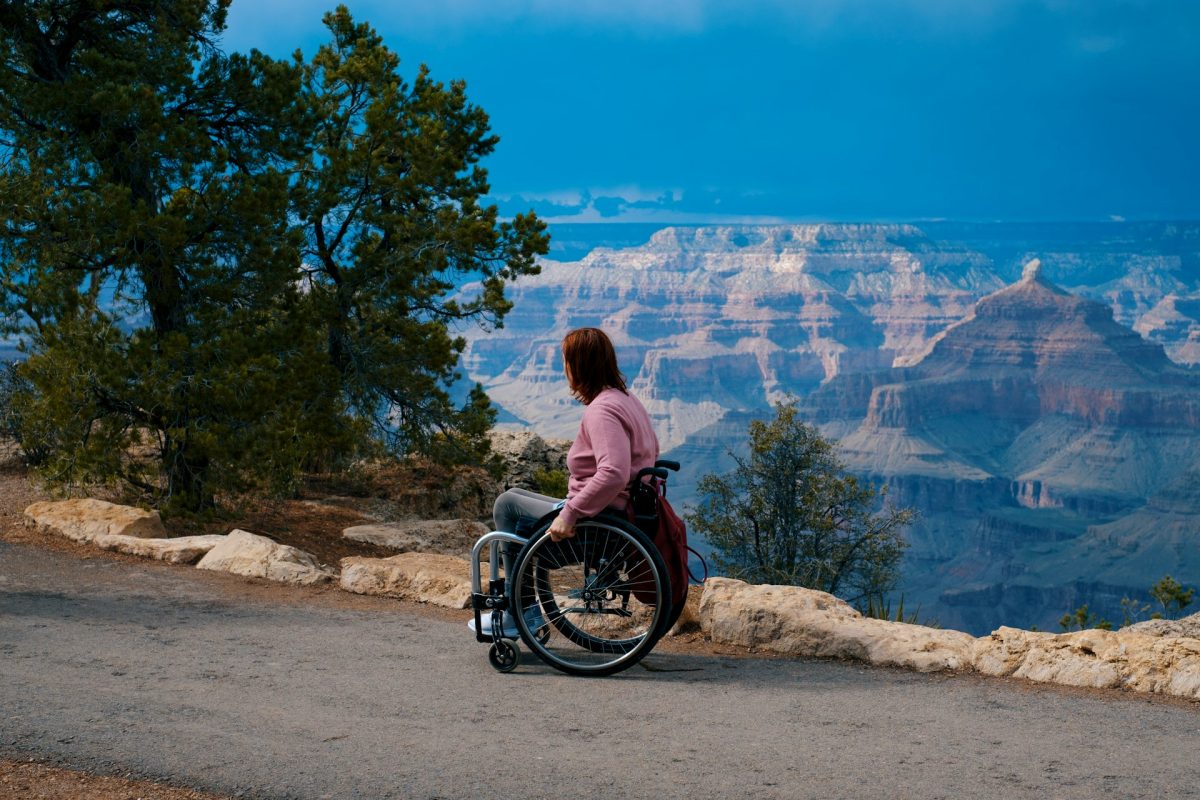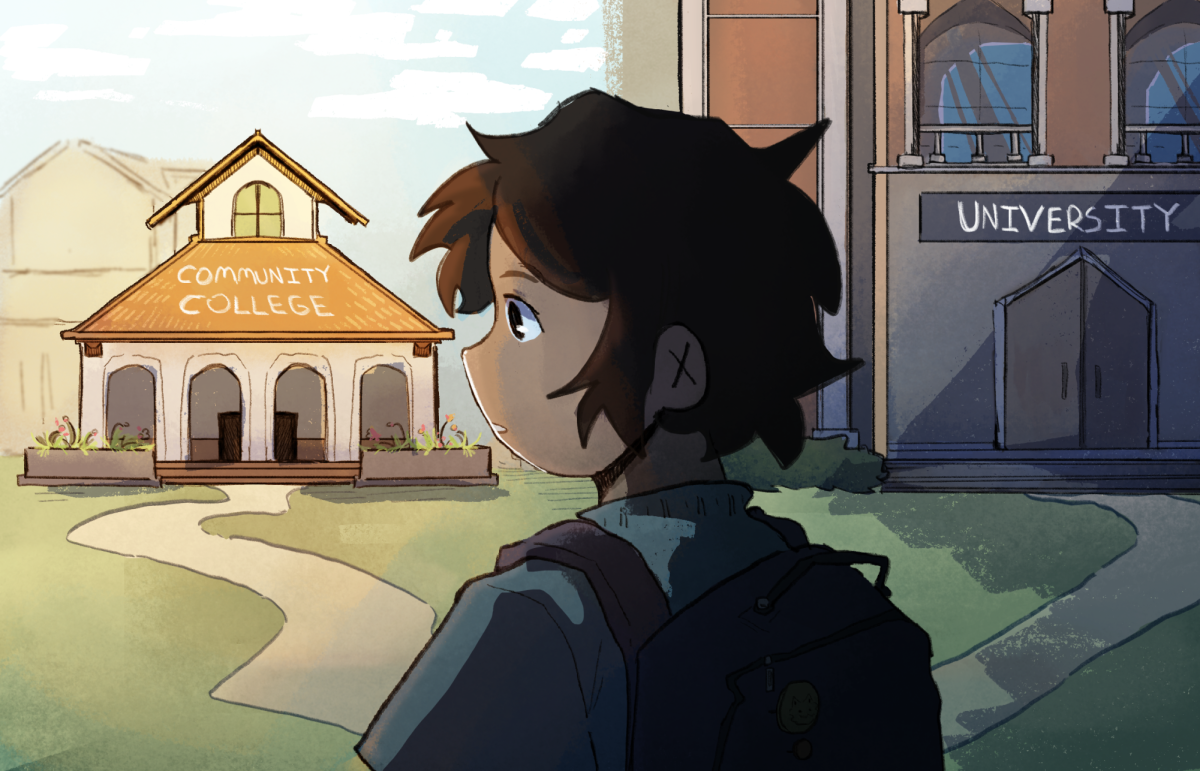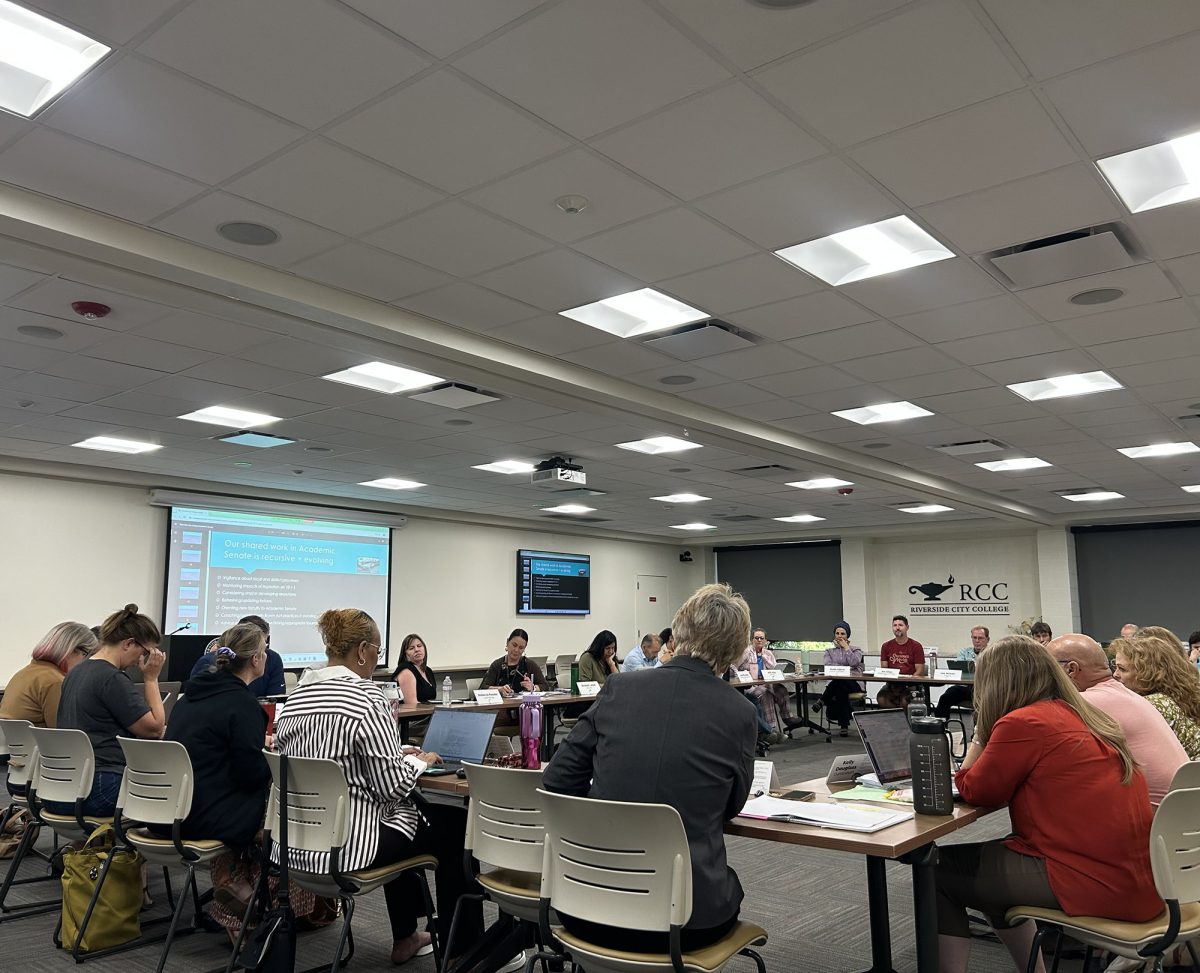By Jonathan Van Niel

The Dakota Access pipeline nears completion, unnerving the hearts and minds of protesters and indigenous people alike.
The North Dakota Standing Rock Sioux tribe began protesting the pipeline’s construction in early 2016 due to the threat of oil leaks that could contaminate their water supply—in addition to desecrating their sacred grounds—, and have since amassed support from various tribes and concerned citizens across the country.
While public outcry against the pipeline’s construction has been considerable, it seems that even causes as noble as environmental protection and indigenous land rights are incapable of deterring corporate greed.
Governor Doug Burgum issued an executive order that demanded all protesters at Standing Rock were to be evacuated from the main camp on the Missouri River near Cannon Ball, North Dakota by Feb. 22, delivering a heavy blow to activists.
According to CNN, about 100 protesters left the camp peacefully. Those that refused to abandon their posts, however, were removed by militarized police forces, resulting in the arrests of at least 46 people.
The North Dakota government’s willingness to risk the contamination of the Standing Rock Sioux’s water supply is both deeply disturbing and grotesque, particularly when environmental disasters involving oil pipelines have become increasingly common.
According to the Associated Press, the annual number of major accidents from oil and petroleum pipelines has increased nearly 60 percent since 2009.
While the environmental dangers DAPL poses are damning enough, to limit it to such diminishes the struggles of indigenous people.
Jan Hasselman, a staff attorney at Earthjustice who legally represented the Standing Rock Sioux tribe in federal court in 2016, states that various sacred burial sites were deliberately excavated by DAPL contractors.
“We filed some very important evidence in the lawsuit about the discovery of some sacred and major culturally significant sites that were directly in the pipeline’s route … We were stunned and shocked to hear that they took that information and … went out and bulldozed the entire site,” Hasselman said in an interview with Democracy Now.
Ask yourself this question: Would this occur had the site been a Christian cemetery?













